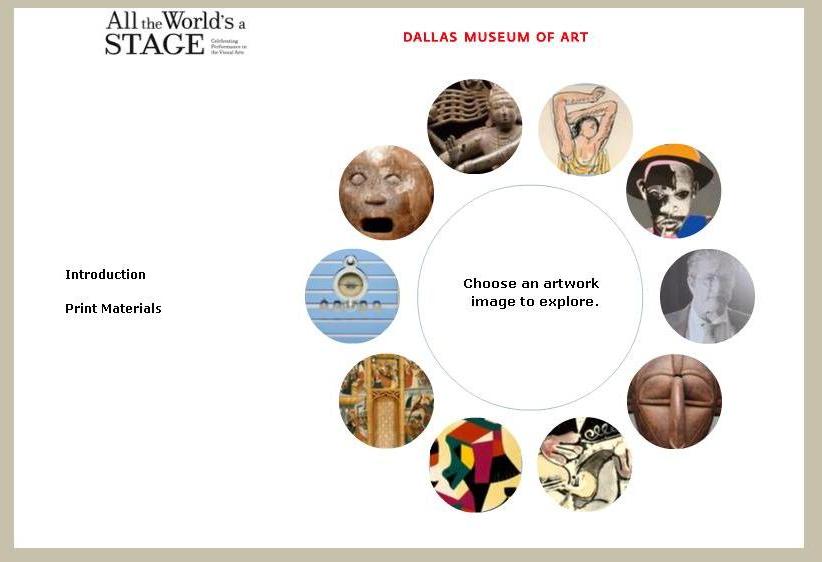The first U.S. retrospective of Luc Tuymans’ paintings is currently on display at the Dallas Museum of Art. Approximately 80 paintings by the Belgian artist are on view in our Barrel Vault and Quadrant Galleries through September 5th.
Part of what I love about these paintings is Tuymans’ interest in history and culture. I am also intrigued by the sense of mystery in his canvases. An image may appear ordinary, but through reading the label you learn that it is actually beyond ordinary, sometimes bordering on the grotesque. For example, the painting The Heritage VI looks like a portrait of a smiling average Joe, but he is actually far from average. His name is Joseph Milteer, and he was a right-wing extremist and Klansman who played a role in conspiracy theories about the Kennedy assassination.
Tuymans is also very interested in World War II. One of my favorite paintings is Schwarzheide, which shares its name with a concentration camp. At his public Artist Talk on June 3rd, Tuymans talked at length about this painting. He said that artists in concentration camps and work camps would often tear their paintings and drawings into strips so they could distribute them. Although many people read the vertical lines on this canvas as the bars on a window, they are actually meant to remind us of how artists continued to produce images during the most difficult circumstances.
There are several opportunities for teachers to learn more about Luc Tuymans throughout the summer:
- The annual Museum Forum for Teachers: Modern and Contemporary Art will be held from July 19-23. Teachers will spend Wednesday, July 21st, immersed in the Tuymans exhibition, as well as viewing other contemporary works of art in the DMA’s collection. The application deadline for Museum Forum has just been extended to July 1st.
- Gallery Talks relating to the exhibition have also been planned, including a series called Perspectives. Jim Falk, President and CEO of the World Affairs Council, will moderate discussions with artists, historians, and scholars to investigate the artistic and cultural issues that inform Luc Tuymans’ work. Visit our Web site for more information.
- Experience the smARTphone tour for the Tuymans exhibition. Bring your smart phone to the Museum to access new and interactive content. A limited number of iPod Touches are also available for check out from the Visitor Services Desk. You can also access the smARTphone tour online.
I hope you enjoy this exhibition as much as I do!
Shannon Karol
Coordinator of Museum Visits










